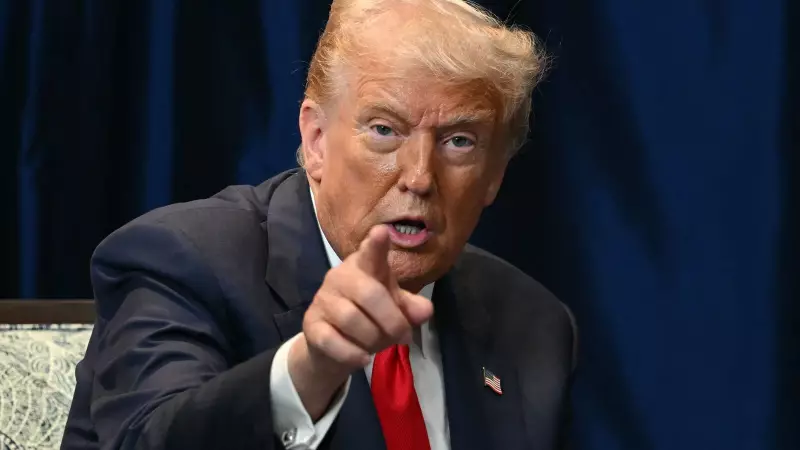
As the world watches the upcoming meeting between former President Donald Trump and China's Xi Jinping, a critical report has uncovered what experts are calling a 'sleeper issue' that could fundamentally reshape US-China trade relations.
The Hidden Economic Battlefield
While tariffs and technology restrictions have dominated headlines, the real structural problem lies in China's massive industrial subsidy programs. According to a comprehensive analysis by the Coalition for a Prosperous America, these subsidies create artificial competitive advantages that distort global markets across multiple industries.
The scale is staggering: China's government support for manufacturing exceeds $300 billion annually, dwarfing comparable programs in other major economies. This creates what economists call 'non-market distortions' that make fair competition nearly impossible for international companies.
Key Industries Under Threat
- Electric Vehicles: Chinese manufacturers receive substantial subsidies for battery production and vehicle manufacturing
- Semiconductors: Massive state investment in chip manufacturing threatens global supply chain balance
- Renewable Energy: Solar panel and wind turbine production boosted by generous government support
- Steel and Aluminum: Traditional manufacturing sectors continue to benefit from direct subsidies
Why This Matters Now
With Trump considering a return to the White House and facing Xi Jinping in potential negotiations, the subsidy issue represents a fundamental challenge that tariffs alone cannot solve. The report suggests that without addressing these underlying structural issues, any trade agreement would be merely temporary.
'This isn't just about tariffs anymore,' explains a trade analyst familiar with the report. 'We're looking at a complete reshaping of global manufacturing competition. The subsidy issue affects every sector from electric vehicles to semiconductors.'
The Global Impact
- Market Distortion: Artificially low prices hurt manufacturers in other countries
- Overcapacity: Subsidized production leads to global gluts in key industries
- Job Losses: Western manufacturing jobs threatened by unfair competition
- Innovation Suppression: Market-driven innovation suffers when state support determines winners
What to Watch For
As the two leaders prepare to meet, observers will be watching for any indication that industrial subsidies will be part of the discussion. The report recommends several potential solutions, including:
- New multilateral agreements on subsidy transparency
- Countervailing duties targeting specific subsidized industries
- Coordination with European and Asian allies on common standards
- Enhanced monitoring of Chinese industrial policies
The bottom line: While immediate tariff disputes may grab headlines, the long-term stability of US-China trade relations depends on addressing these fundamental structural issues. The outcome of these discussions could determine the shape of global trade for decades to come.





